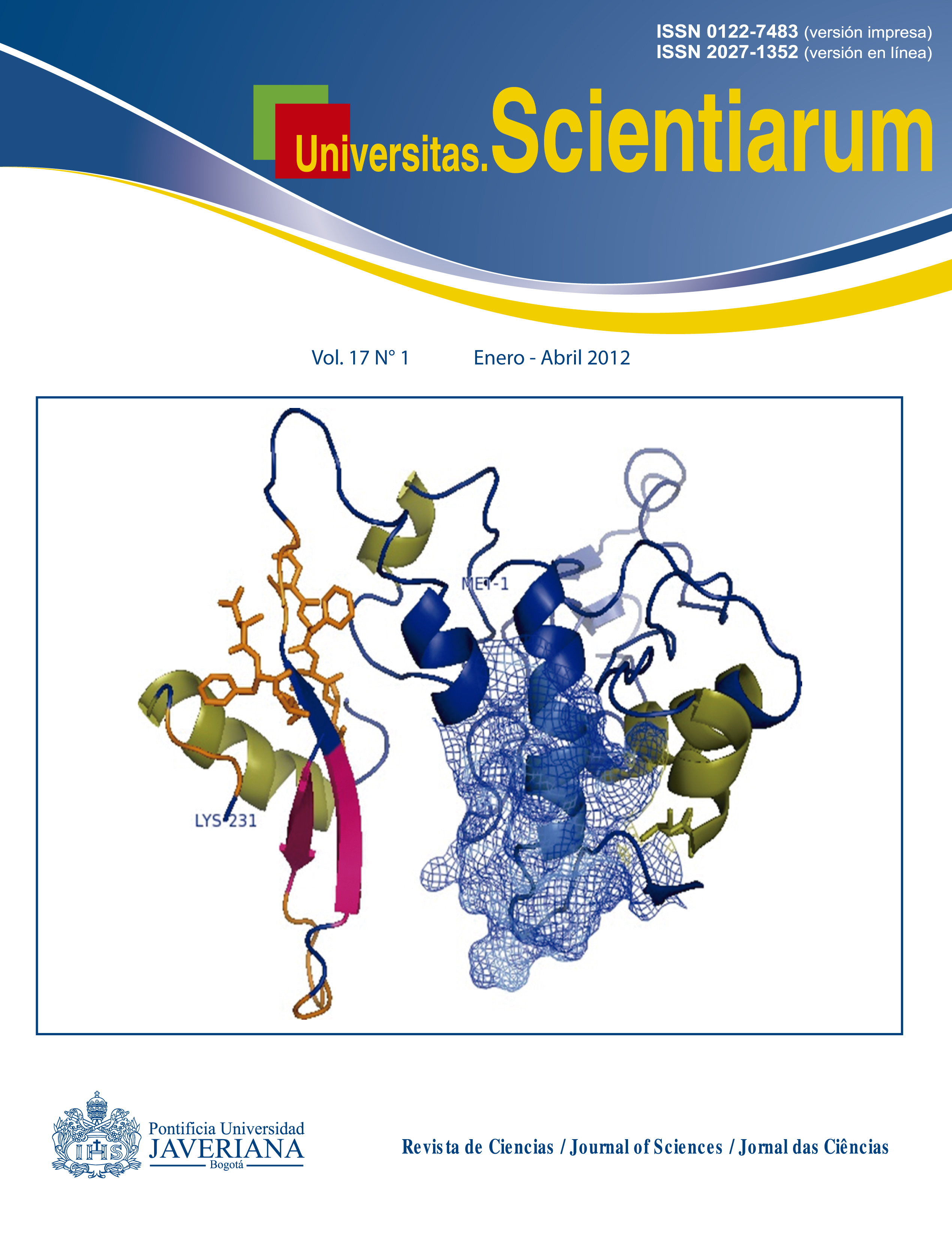Abstract
The angel fish Pterophyllum scalare is one of the main species of ornamental interest and widely exploited in Colombia for export. Objective. To evaluate the influence on growth and survival of juvenile P. scalare veil variety fed with Enchytraeus buchholzi. Materials and methods. Ten juveniles per fish tank were randomly distributed among nine fish tanks and then treated with three different diets (D1, D2 and D3): commercial feed containing 45% of crude protein (CP) (D1); commercial feed containing 45% of CP + E. buchholzi with 11.6% of CP (D2) and E. buchholzi alone with 11.6% of CP (D3). Animals were fed during 28 days and final weight (FW), final standard length (FSL), weight gain (WG), gain in standard length (GSL), specific growth rate (SGR), and survival were measured. Results. Significant differences were observed (p <0.05) for the variables FW and FSL. Individuals fed with diet D2 showed higher FW and FSL than those fed with diet D1. The best growth performance was in overall obtained with D2 and were not significantly different (p >0.05) to those observed in juveniles fed with D3. Conclusions. Based upon our results, we recommend E. buchholzi to be used as a supplement to the artificial diet instead of a diet on its own. The adequate proportion in the diet must be known for its optimal use.
Key words: growth, live food, angelfish, survival.
Univ. Sci. is registered under a Creative Commons Attribution 4.0 International Public License. Thus, this work may be reproduced, distributed, and publicly shared in digital format, as long as the names of the authors and Pontificia Universidad Javeriana are acknowledged. Others are allowed to quote, adapt, transform, auto-archive, republish, and create based on this material, for any purpose (even commercial ones), provided the authorship is duly acknowledged, a link to the original work is provided, and it is specified if changes have been made. Pontificia Universidad Javeriana does not hold the rights of published works and the authors are solely responsible for the contents of their works; they keep the moral, intellectual, privacy, and publicity rights. Approving the intervention of the work (review, copy-editing, translation, layout) and the following outreach, are granted through an use license and not through an assignment of rights. This means the journal and Pontificia Universidad Javeriana cannot be held responsible for any ethical malpractice by the authors. As a consequence of the protection granted by the use license, the journal is not required to publish recantations or modify information already published, unless the errata stems from the editorial management process. Publishing contents in this journal does not generate royalties for contributors.



